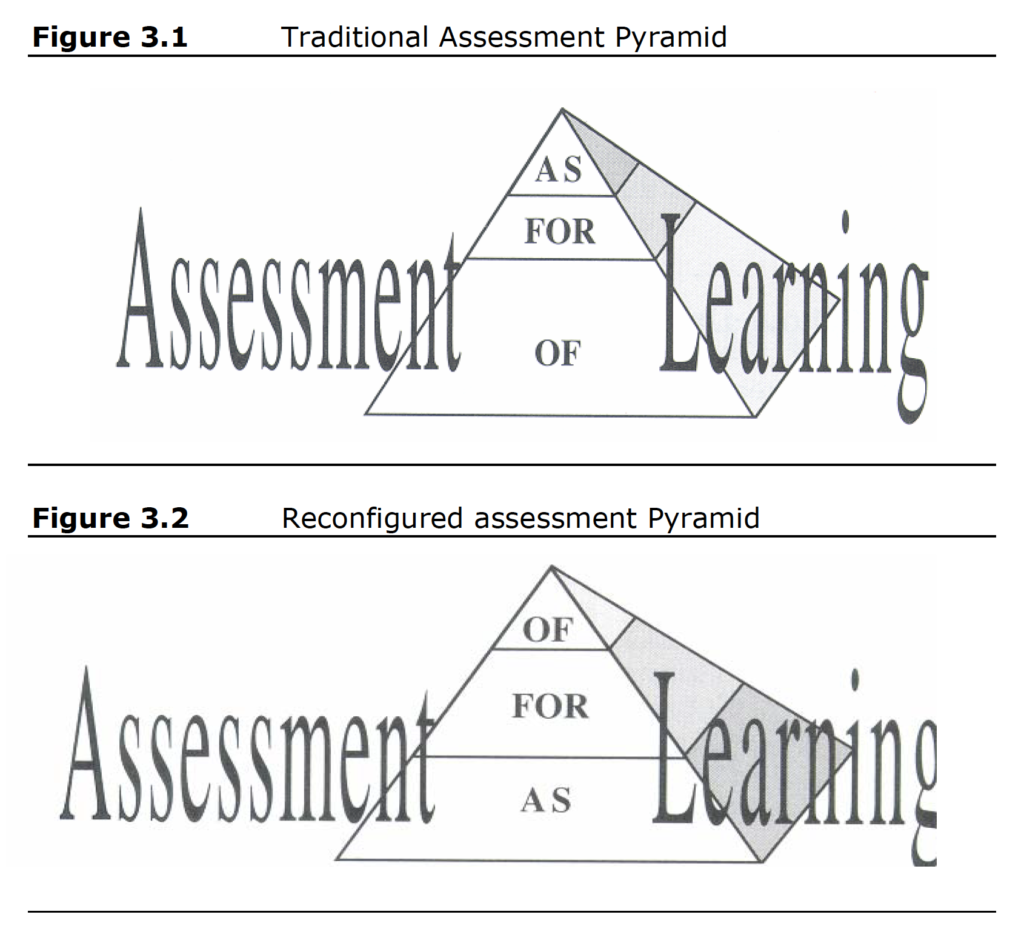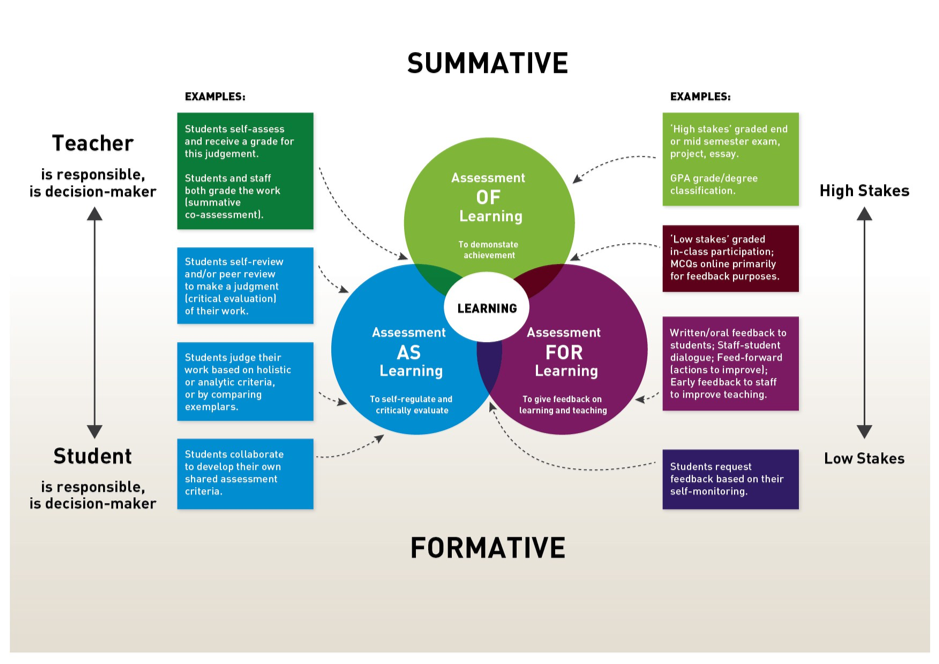Back in February of 2018, I posted Reading, Watching, & Listening where I finally completed a list of what I am reading, watching, and listening to in response to the questions I get from many of my students, friends, and colleagues about where I find my ideas. I promised to update this list on a regular basis and I am finally getting around to that promise. As part of that promise I am moving the contents of the 2018 blog post to this page with this current update, I will continue to make this a permanent part of the Learning section of my website. I will keep the 2018 blog post up to serve as an archive and to see how my selection of resources has changed over time.
My interests in what I am reading, watching, and listening to are continually changing so I am going to have to revisit and update this page on a regular basis.
Reading
Rather than re-create my GoodRead lists you can see what I am currently reading, what I plan to read, and what I have just read on the side menu of my site. I learned to read before attending school as a child and due to discipline problems in elementary school, I spent more time in the library reading and exploring the early media of the day than I did in the classroom. I kept on reading throughout my teenage years and I also read continuously from the time I dropped out of high school until I returned to school more than 10 years later. As an undergraduate, I majored in English, Philosophy, and Theology so you will often see books on theology and philosophy appear in my GoodReads list and on this list. It was also during my undergraduate studies that I was exposed to Mortimer Adler’s How to Read a Book and his “Great Books” list and I have been slowly working my way through this list of 164 great books. You will often find a book from this Great Books list in my list of books I reading or planning to read. As more and more of these classic books find their way onto Audible or Libravox I am now able to listen to some of these books. I finally completed my Recommended Reading list which took me much longer than expected because there are just so many good books to read and recommend. I did manage to get my list down to the top 220 so please enjoy.
In addition to reading many books, I am continually reading the latest research on many different subjects, and since I am a fan of primary sources I spend a great deal of time reading a wide assortment of articles. I also subscribe to many different blogs, magazines/ezines, and news sites so there is no shortage of interesting things to read. These contemporary sites provide a constant stream of new ideas. I have always been intrigued by new ideas so it is not uncommon for people to email or message me and say — hey have you seen or read this? For example, I have to thank my older son Levi for sharing the episode On Average on the site 99 Percent Invisible. It was through this post that first learned about Todd Rose’s book The End of Average which has effectively busted the myth of average.
YouTube & Websites
I also think it is important to acknowledge that I am in constant pursuit of knowledge and that can come from many different perspectives. I think Eric Weinstein who referred to the Intellectual Dark Web on Dave Rubin’s youtube channel summarizes the importance of being willing to explore all kinds of ideas from a variety of perspectives:
The Intellectual Dark Web –
The following are some of the people or sites I observe on YouTube or on the Web. Please note that I used the term to observe rather than follow. This is a very important designation because I believe that you can observe a person’s site, or a channel and not have to endorse, support, or commit to their beliefs or ideology. When you follow an individual there is a tendency to accept their position or beliefs. I am very selective in what I believe and follow so the distinction between observing and following is very important. Therefore, I like to stay in a state of observation that enables me to explore diverse and contrary ideas. It is also important to note that I look into the people or organizations that I follow enough to be fully aware of what they stand for or believe. I will also go as far as lot look into the criticism of an individual or site to make sure that have a balanced perspective. Finally, it is important to note that some of these are links to YouTube channels and others are links to the individual’s site or the organization they most often represent.
YouTube & Sites
I must reiterate that the inclusion of the following YouTube Channels or websites is not an act of affirmation of the site or person’s belief or position — I am simply observing the ideas expressed. The following are not listed in any order so please do not assume a linear significance or ranking.
New Discourses
TED
The RSA
Big Think
99 Percent Invisible
TED-Ed
Veritasium
Crash Course
SciShow
SciShow Psych
It’s OK to Be Smart with Joe Hanson
Ben Shapiro & The Daily Wire
Noam Chomsky
Douglas Murray
Jordon Peterson
Joe Rogan Experience – Language warning!
Joe Rogan Experience on Spotify
Dave Rubin – The Rubin Report
Christina Hoff Sommers – Factual Feminist
Philip DeFranco Language warning!
ReasonTV
Abby Martin – Empire Files
The Young Turks – Language warning!
Potholer54
John Lennox
CorbettReport
Global Mountain Bike Network
Marques Brownlee – MKBHD
Red Bull
2 Cellos
Ivor Cummings
Computing Forever
Paul Saladino, MD
UnHerd
Dr. Cywes the #CarbAddictionDoc
Journeyman Pictures
Curtis Judd
Bob & Brad
Tom Bilyeau
Full Measure with Sharyl Attkisson
The GrayZone
Dr. Berg
Ken Berry MD
FringePop321
Adam Savage’s Tested
ATHLEAN-X
Dr. James Tour
Learner’s Mindset
Podcasts
Many of the above YouTube Channels and individuals have a podcast option so rather than duplicate individuals or sites I will simply point to what else I listen to in the podcast format. If a YouTube channel doesn’t have a podcast option and I want to listen to a particular series or video I will convert the video to mp3 format and listen to it on my iPhone.
EconTalk
The Classicist with Victor Davis Hanson
Waking up with Sam Harris
Tell me Something I Don’t Know
Defenders Podcast
Optimize with Brian Johnson
Accidental Creative
Dan Carlin’s Hardcore History
Ben Greenfield Fitness
Ben Shapiro Show
TRIGGERnometry
Macroaggressions
Valuetainment
Conspiracy Theories & Unpopular Culture
The Dark Horse Podcast
Pivot
Real Coffee with Scott Adams
The Saad Truth with Dr. Saad
Stand to Reason Weekly Podcast
The Tim Feriss Show
Tin Foil Hat with Sam Tripoli
Eric Metaxas Show
I also listen to many books in audio format via Audible or Libravox and I will often get a book in audio format from a local library.
As I stated earlier I will be reviewing this list on a regular basis and will be adding or removing entries.
Revised July 16, 2021
































